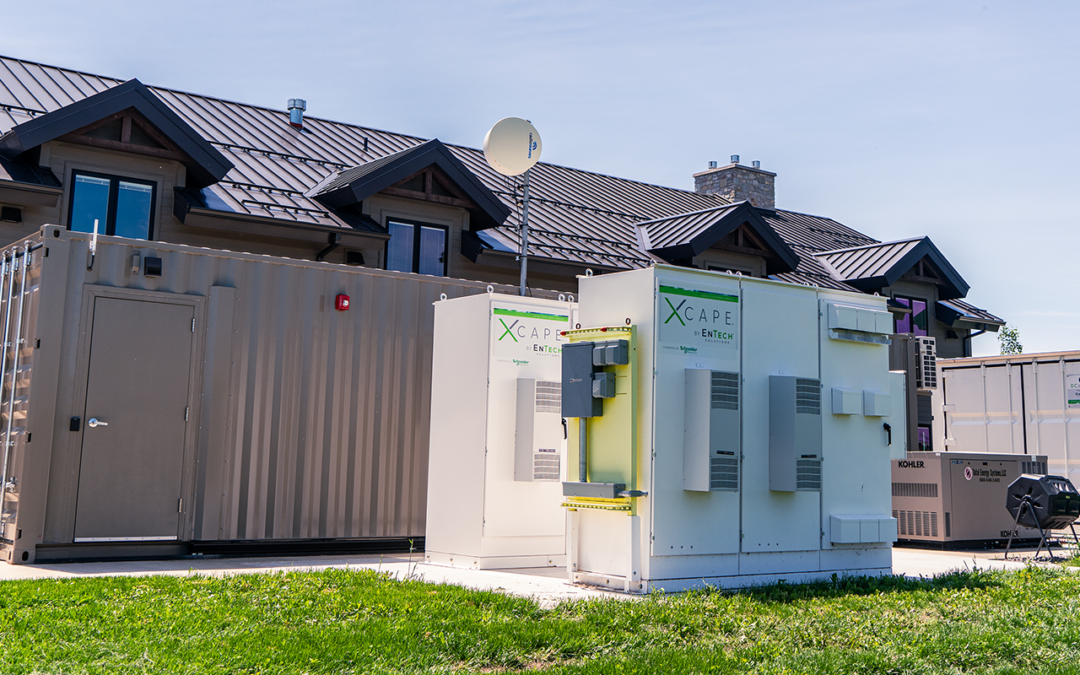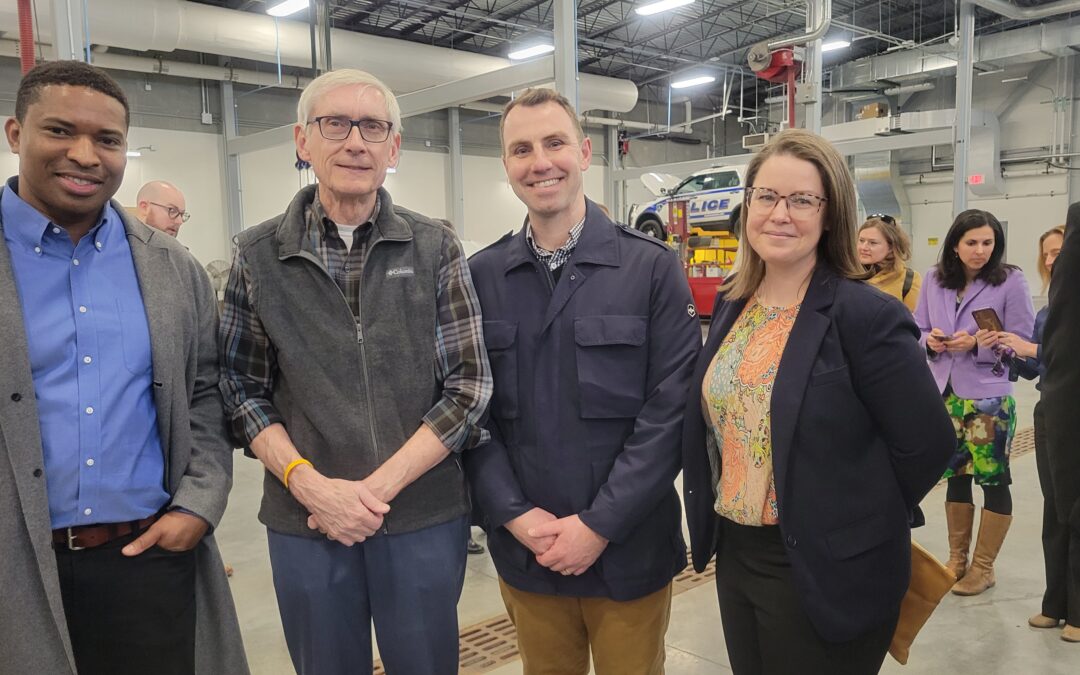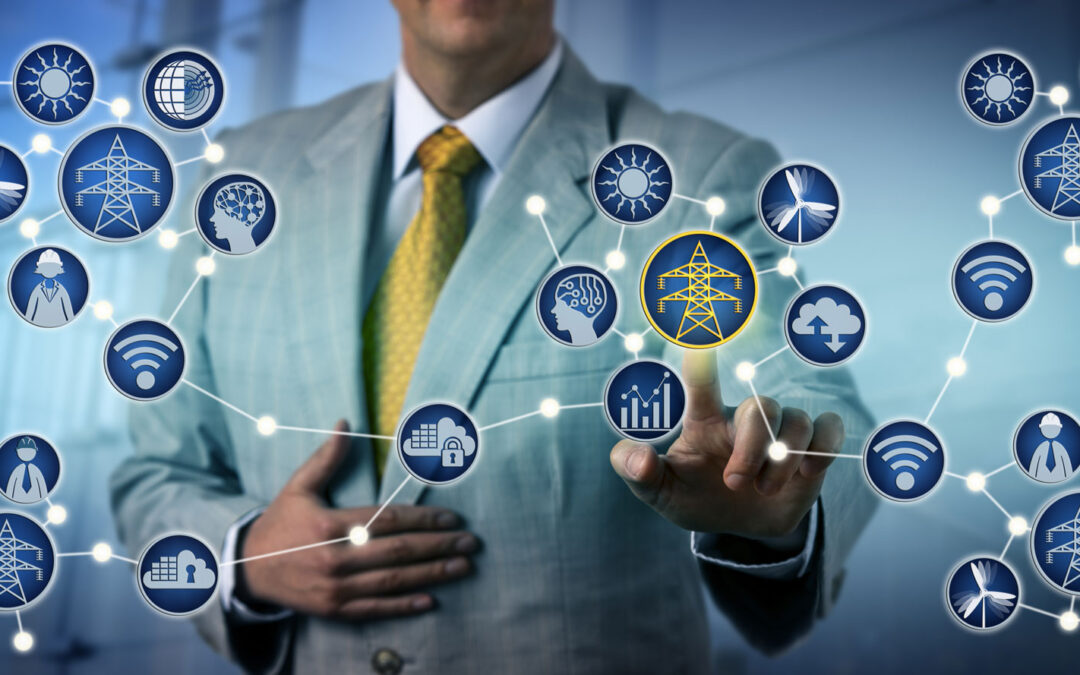
Powering the Future: How Microgrids are Transforming Energy Resilience and Sustainability
Imagine a smaller, self-sufficient version of our main electricity grid that can power neighborhoods, communities, and even single homes. That’s the basic idea behind a microgrid – a localized energy system designed to produce and use power independently or in tandem with the larger grid.
Microgrids and traditional grids have similar components. Both rely on electricity production and send that energy where it is needed, also known as a load. Both ensure a match between energy production and the amount of energy needed. Microgrids are used for many reasons, including grid independence, security from natural disasters, or simply lowering community energy costs.
Microgrids can utilize some of the best clean technology by incorporating batteries, solar panels, wind turbines, geothermal technology, heat pumps, electric vehicles, and smart appliances to increase their efficiency.
Natural Disaster Relief
With the increase in natural disasters, energy security – not just at the national level but also at the local level – has become increasingly important. Microgrids offer energy security during outages.
A great example of microgrid innovation is a partnership between Alliant Energy and the village of Boaz in Richland County. This project demonstrates a simple microgrid, called a community microgrid, that provides energy to the 200 residents during grid power outages. Depending on its size and capacity, the microgrid can serve a community’s emergency response centers, water and wastewater treatment plants, grocery stores, fueling stations, government buildings, shelters, and sometimes the residents’ homes.
The $3 million project in Boaz includes a 400-kilowatt (kW) lithium iron phosphate battery connected to the community’s main distribution line. It supplies enough power for up to eight hours in the event of a grid outage. This setup provides critical power to residents and allows Alliant Energy the necessary time to resolve issues without causing community members to experience a critical loss of energy service.
Critical Infrastructure Support
Uninterruptible power is essential in health care, so reliable and sustainable energy solutions are paramount. Bellin and Gundersen Health Systems – soon to be Emplify—and Xcel Energy have announced a new microgrid project that will create one of the first fully resilient, renewable energy-powered health care campuses in the United States. The project, set to be completed in 2026, offers an example of how complex a microgrid can be.
This microgrid, being built at the Onalaska campus in La Crosse County, is considered a campus microgrid. A campus microgrid serves multiple buildings within a single company or organization. The microgrid will utilize a new battery energy storage system, the campus’s existing rooftop solar, and biogas energy from the La Crosse County landfill. It is expected to manage about 4.5 million kW of power per year, which is about the annual energy use of 411 homes.
This microgrid will allow one of Bellin and Gundersen Health System’s largest campuses to continue operating and providing essential care to the surrounding communities even during a power outage.
Remote Community Energy Supply
Microgrids can also provide critical infrastructure even in the most remote and cold places. The Alaska villages of Shungnak and Kobuk, located within the Arctic Circle, are not connected to the power grid and have relied on three diesel generators for power. Today, they are using a newly constructed hybrid microgrid.
Hybrid microgrids generate power using two or more locally sourced energy sources, such as wind and solar and include a battery for energy storage. These systems can connect to the main grid or operate independently (islanded), providing flexible and reliable power. The microgrid in Shungnak and Kobuk utilizes 233-kW of solar, 384 kilowatt hours (kWh) of battery storage, the three existing diesel generators, and a control system designed and managed by Ageto Energy.
The microgrid has saved these communities and their 450 residents over $200,000 in annual fuel costs while also protecting them from the fluctuations of the diesel market.
Vehicle-to-Grid Mobile Microgrids
As electric vehicles become more prevalent, a new technology known as “vehicle-to-grid” is emerging. This technology allows electric vehicles to serve as mobile power sources for the grid. Originally developed as “vehicle-to-load” to power devices directly, vehicle-to-grid technology extends this capability by enabling electric vehicles to supply electricity back to the grid, effectively turning them into mobile microgrids. A few utilities around the country have started to explore this technology in pilot programs.
Since December 2020, five electric school buses from Lion Electric in White Plains, New York, have been providing power back to the grid when they are not transporting students. This typically occurs during weekends, holidays and summer months, coinciding with peak electrical demand on the grid. With supportive policies and proper charging infrastructure, this same concept could expand to residential owners and commercial fleets, transforming electric vehicles from electricity consumers into valuable contributors to energy resilience.
Conclusion
Microgrids offer communities a way to lower energy costs, supply energy to critical infrastructure, and increase grid resilience. They promote beneficial partnerships between energy providers and the companies and communities they serve. In this way, microgrids offer a glimpse into how clean technology, if implemented properly, can provide cost savings, energy independence, and a healthy environment that can benefit the grid as a whole.




